This article was last updated at 2:01 pm on February 13.
Bolts of fabric, textile samples, process books, and sculptural garments filled the J3 Studios at 39 W. 13th St. as Open Studios offered a glimpse into the evolving visions of graduate students in Parsons School of Design’s Fashion Design and Society MFA program. On Friday, Feb. 7, visitors to the third floor wove through various work tables and mannequins, speaking with students about their inspirations and experimental techniques. Open Studios stretched the limits of a showcase, exploring the creative process through storytelling and the evolution of a collection.
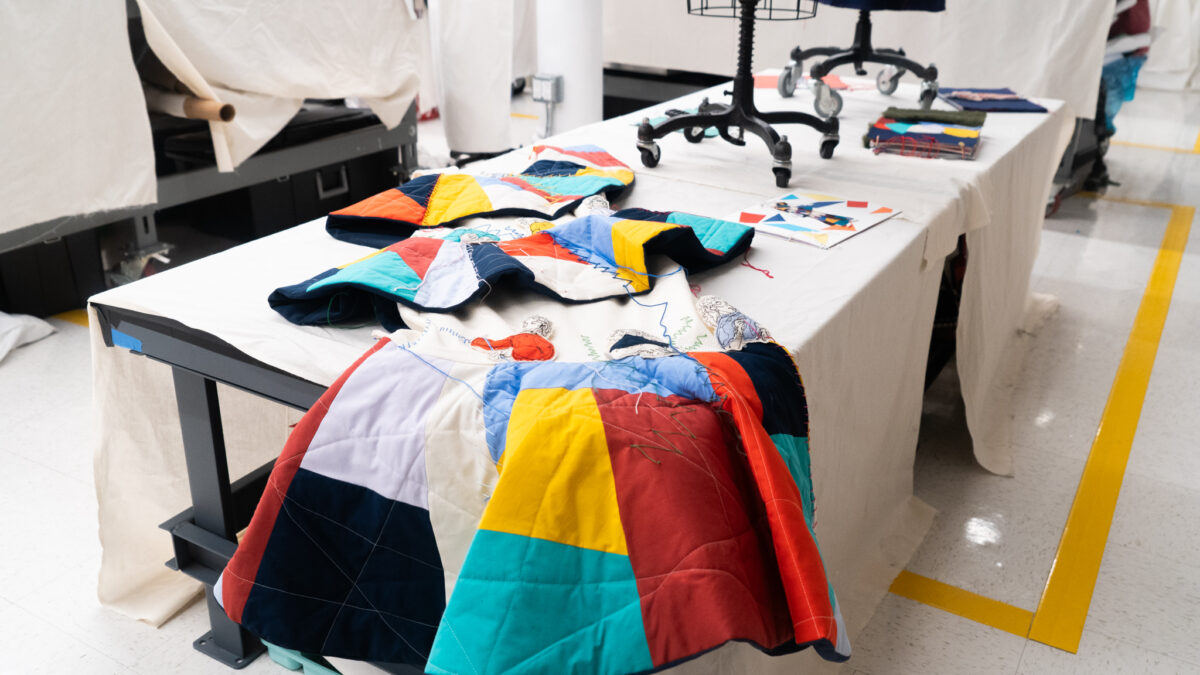
“We wanted to have this activation … to play with the idea of work in progress and not having only final presentations where a lot of the work is perceived as completed, finalized,” Lucia Cuba Oroza explained, the Donna Karan co-director of the MFA Fashion Design and Society . “This is an invitation for both the viewers and the students to really reflect upon what work in progress means in the context of fashion.”
Organized in collaboration with part-time lecturer and fashion curator Matthew Linde, the showcase balanced structure and disruption. Students in the program had the option to participate, displaying finished and unfinished looks alongside their research and experiments. “Who cares if there’s still safety pins in the garments … it’s all about the messiness in between,” Linde said. The spatial design of the studio departed from conventional displays: garments were suspended from walls, and mannequins were propped off-kiltered on tables. Process books arranged on workstations provided a tactile connection to each designer’s vision.
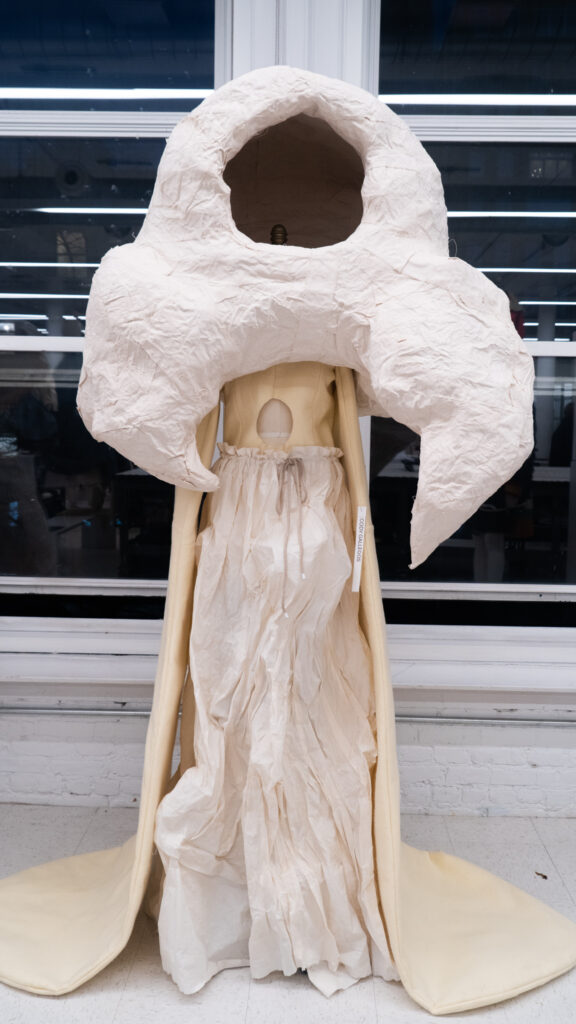
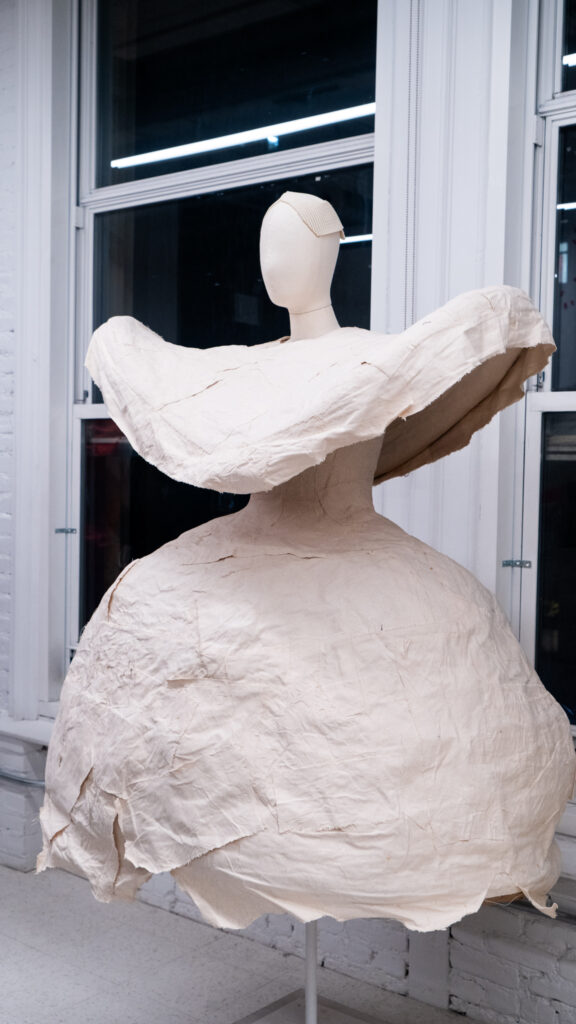
Some collections took inspiration from the natural world, like first-year MFA student Cody Gallegos’, whose work was featured on the official invitation. “I made my collection based around animals, interpretations of animals, and distorting the human body to mimic those interpretations,” he said. To construct the pieces, he combined cotton canvas with paper-mache adhesive, giving the garments a rigid, sculptural quality. His process involved translating 3D models of animals into flattened patterns, which he then draped over dress forms for shape inspiration, turning creatures into silhouettes.
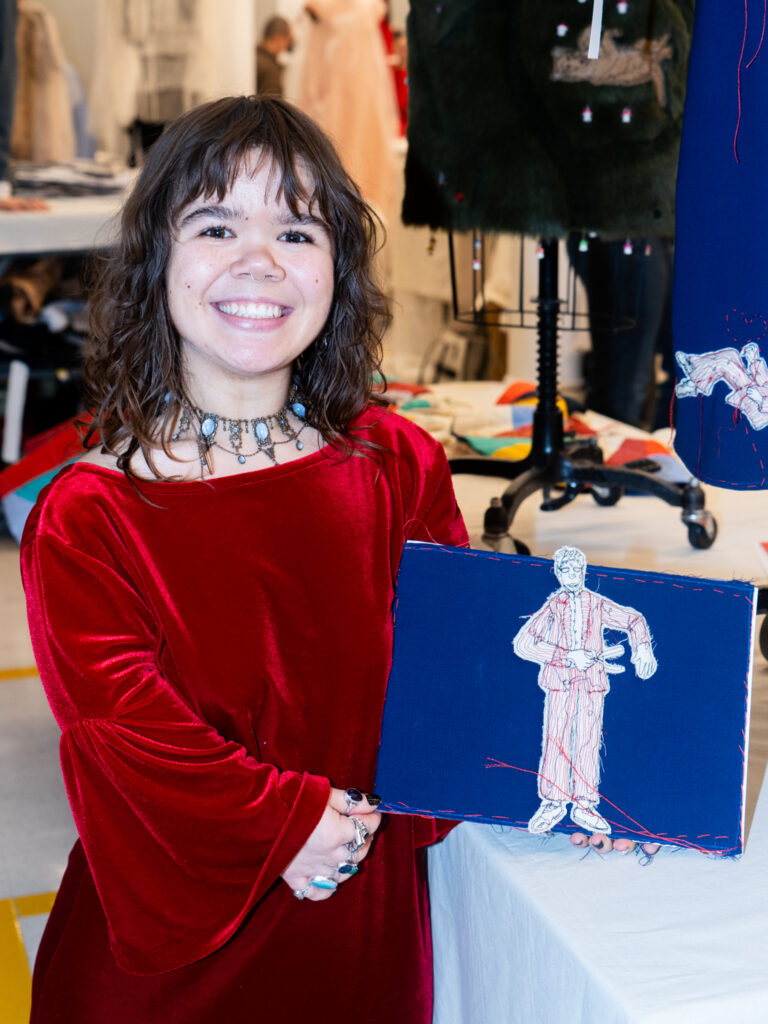
A playfulness emerged at this event, with some designers embracing storytelling as a central element of their work. Caity Briare, a first-year MFA student, created garments that function as interactive worlds, drawing inspiration from children’s books like Where’s Waldo? and Busy Town.
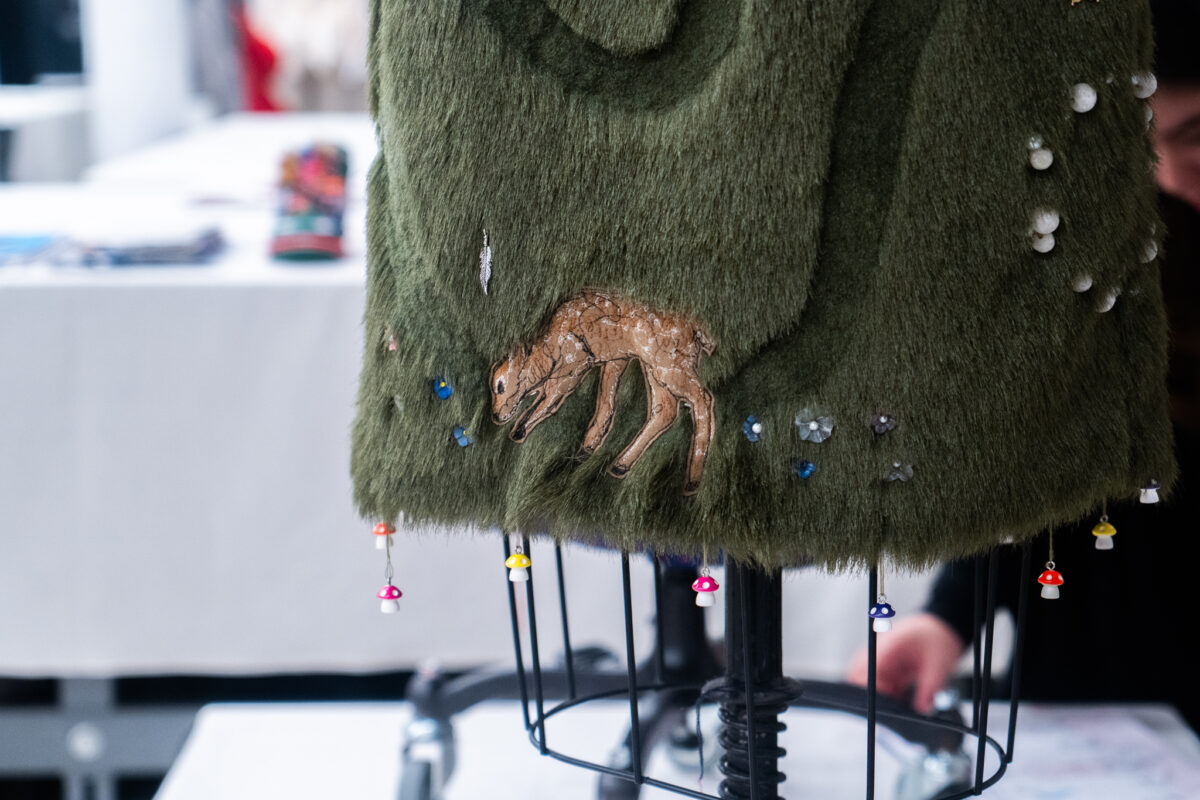
Briare imagined tiny embroidered characters not just as decorative elements but as active participants in the design. “I would call my fashion wearable art … the construction you look at, but it’s more like what is going on with the characters,” Briare shared. Some figures appeared to sew garments together, while others mowed the lawn around a dress or lived within its fabric, transforming clothing into a story-filled landscape.
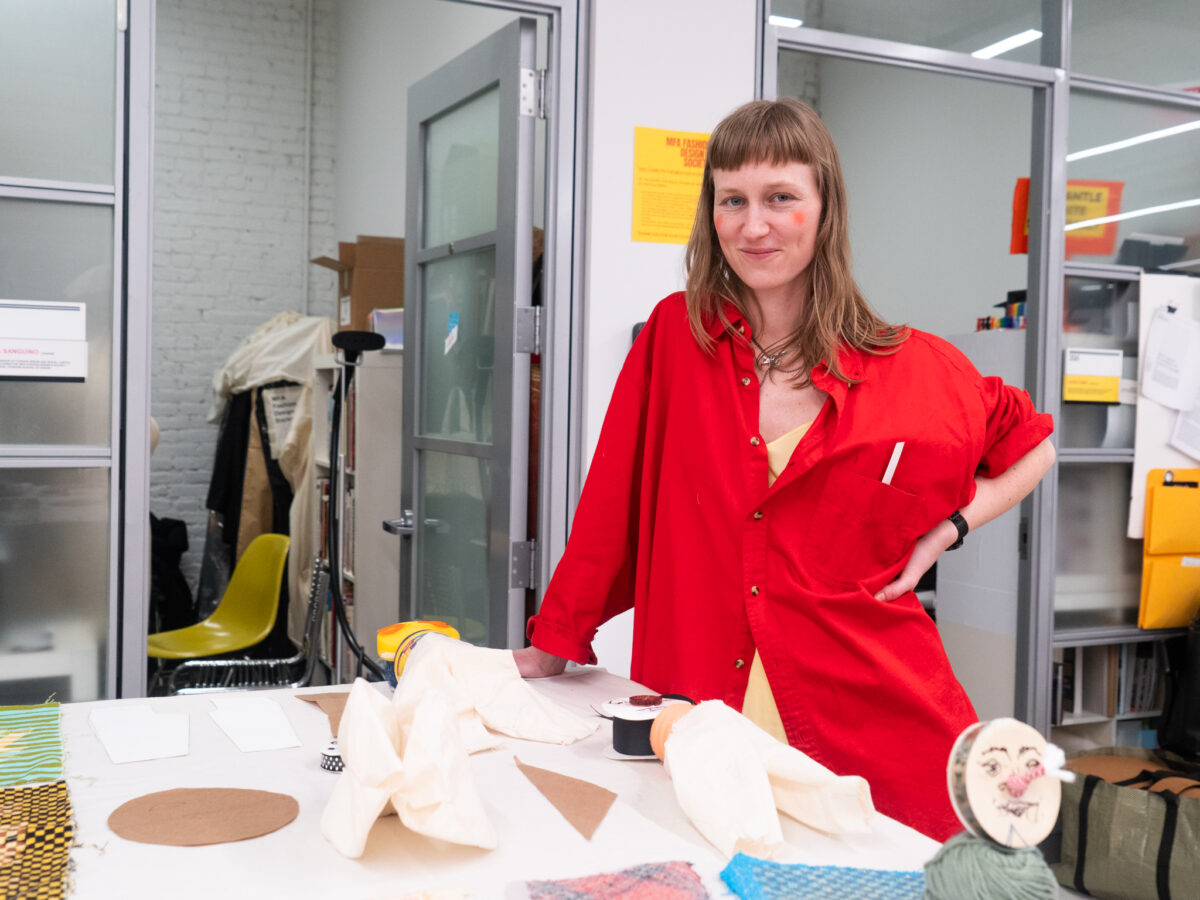
Other garments pushed the surreal into satire. Lillian Tuttle, a second-year MFA student, approached the idea of clowning not as an aesthetic but as a practice rooted in vulnerability, presence, and genuine human expression. Influenced by a clowning class at the New School’s College of Performing Arts, she explored the philosophy behind the art form and soon recognized its relevance beyond the stage.
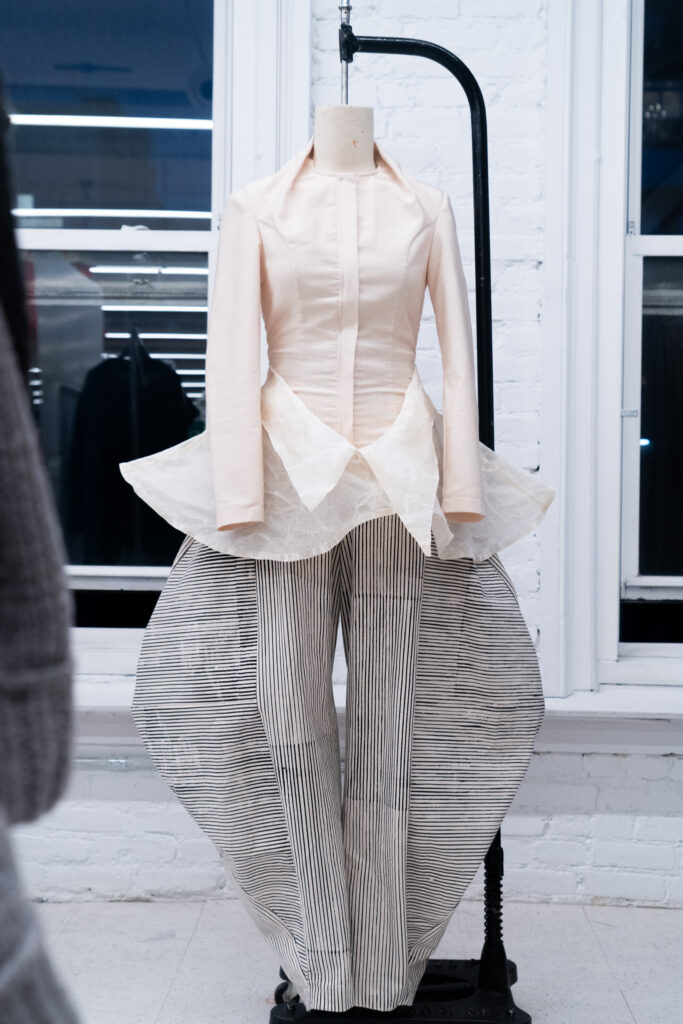
According to Tuttle, politics felt like the perfect arena to explore the principles of clowning due to its inherent performativity. “I started with a collage lineup of basically early American clowns sort of smashed together with Washington DC, boring … political attire,” Tuttle said. The result? Surreal hybrids of these influences — ballooning shapes bursting from pencil skirts and exaggerated silhouettes of pants displayed in miniature models. Through this fusion, Tuttle sought to challenge perceptions of both power and authenticity.
Other collections turned inward, using fashion to process memory and loss. First-year MFA student and designer Robinson Brown presented a collection entitled 2009 which reflects on his childhood. He incorporates built-in insulation in his pieces to create a physical and emotional barrier between the wearer and the world. For Brown, fashion is as much about mindset as it is about design.
Sewn onto his garment tags is the phrase “fortune favors the fearless” — a motto he adopted when he first started his brand at just 17 years old. “You have to have this overwhelming knowledge that you’re gonna succeed. You have to believe in yourself before anybody else does,” he said, in reference to starting his company at such a young age. “If this is the theme of my brand, then I have to just always embody it.”
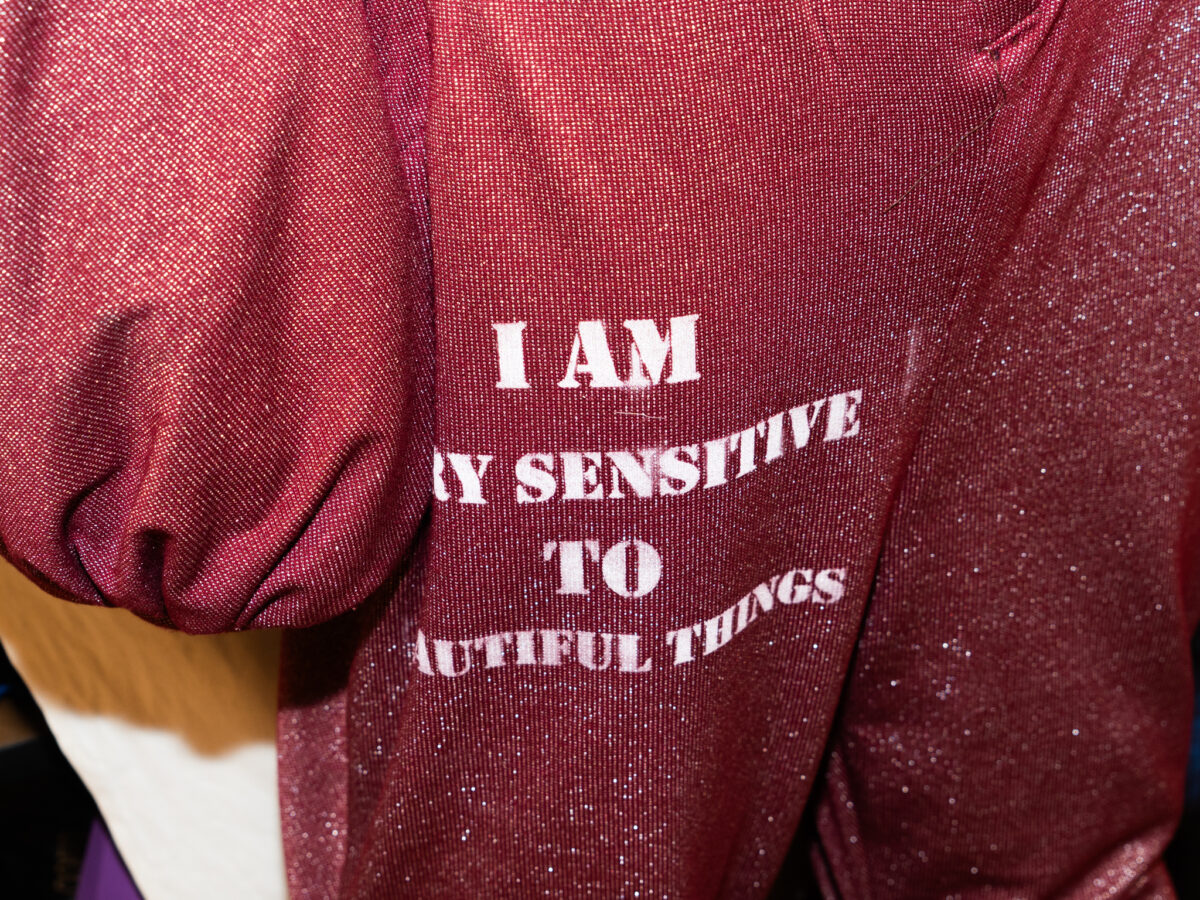
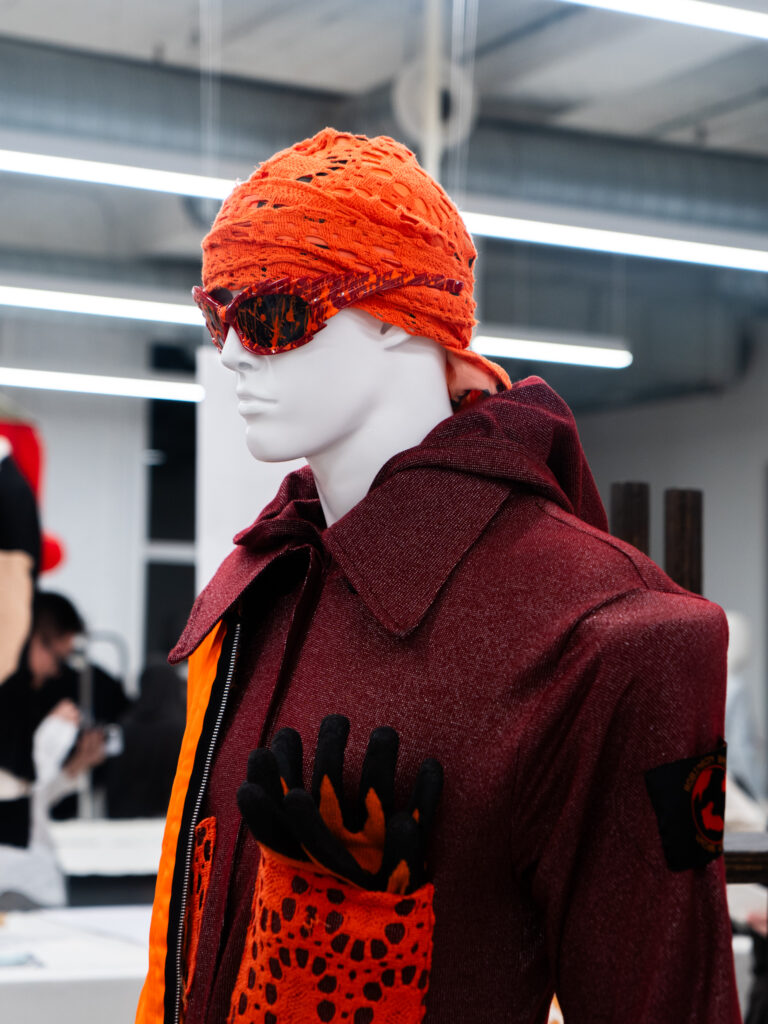
For some designers, heritage and cultural context shaped their approach to fashion. Karina Nasywa Bakri, a second-year MFA student from Jakarta, Indonesia, showcased her growth as a designer through two garments representing different stages of her journey.
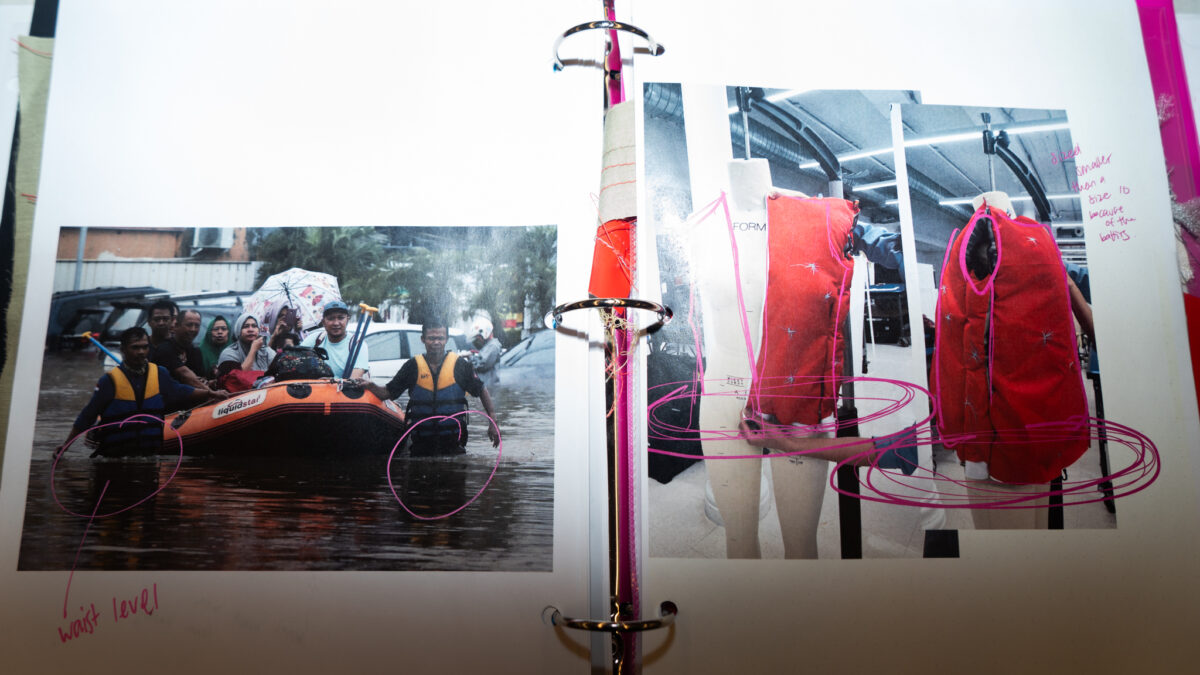
“It’s my first project ever and my most recent project, so it’s like seeing how far I’ve come,” Bakri said. Her first project, a red re-imagined trench coat, hung on a mannequin placed on top of a table. It was composed of waterproof fabric and included a built-in flotation device — blending humor with social commentary on the flooding-prone, tropical climate of her hometown.
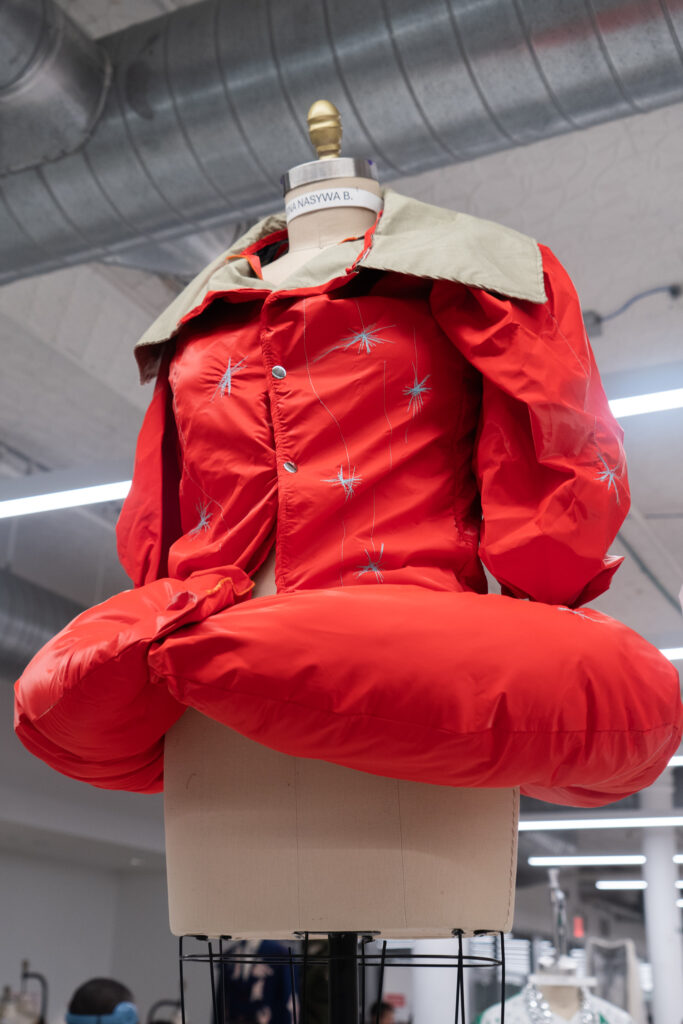
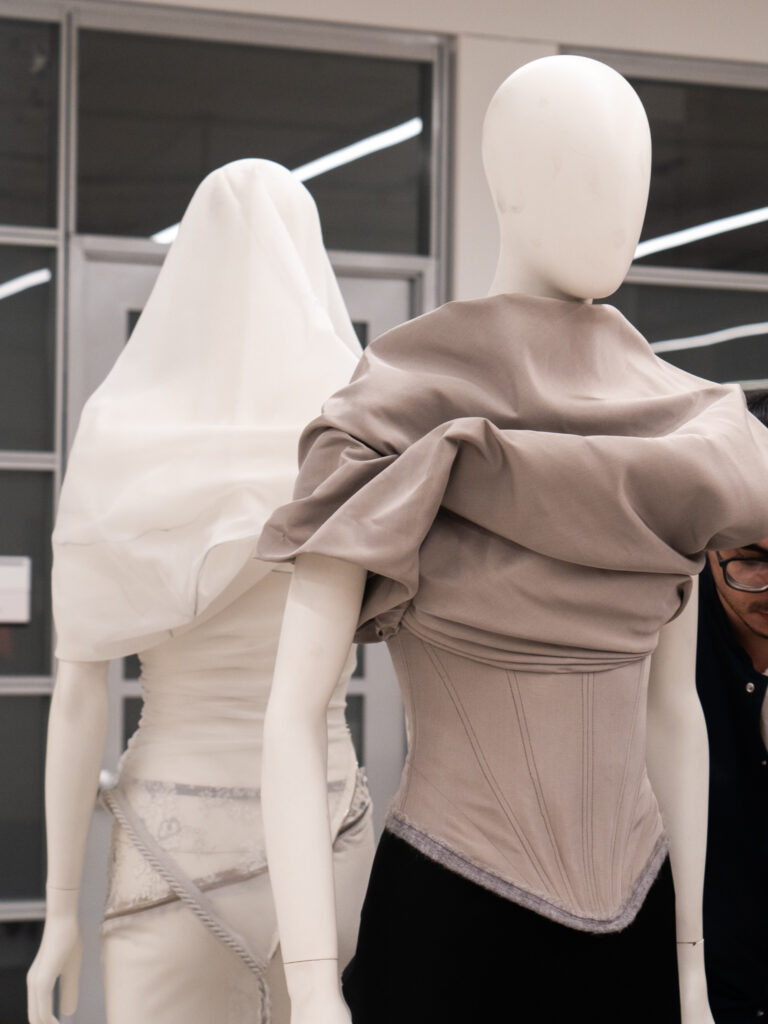
Similarly, Abel Martirosyan, also a MFA second-year student, explored his Armenian heritage by drawing inspiration from traditional women’s attire, such as bridal and nun’s garments. “I try to incorporate visual references, shapes, and cuts into more modern silhouettes and wearable garments,” he shared.
The designs on display marked the first time Martirosyan had used his cultural identity as a foundation for his work. The process consisted of blending archival research with contemporary fashion, using his heritage to inform the materials and other design choices.
The MFA Fashion Design and Society program’s Open Studios offered a rare glimpse into the making of a fashion collection — the experiments, the risks, and the raw ideas before they take final shape. While Friday night’s viewers got enticing insights, for these designers, the work is far from over. With some of the students’ final collections set to debut in September, this showcase served as a preview of the talent and experimentation that will take center stage later this year. Given the creativity and innovation on display, it’s clear that the upcoming showcase will be one to watch for.
Correction: A previous version of this article incorrectly listed Lucia Cuba Oroza as director of the Fashion Design and Society MFA program. Her correct title is co-director of the Fashion Design and Society MFA program. The article has since been changed.

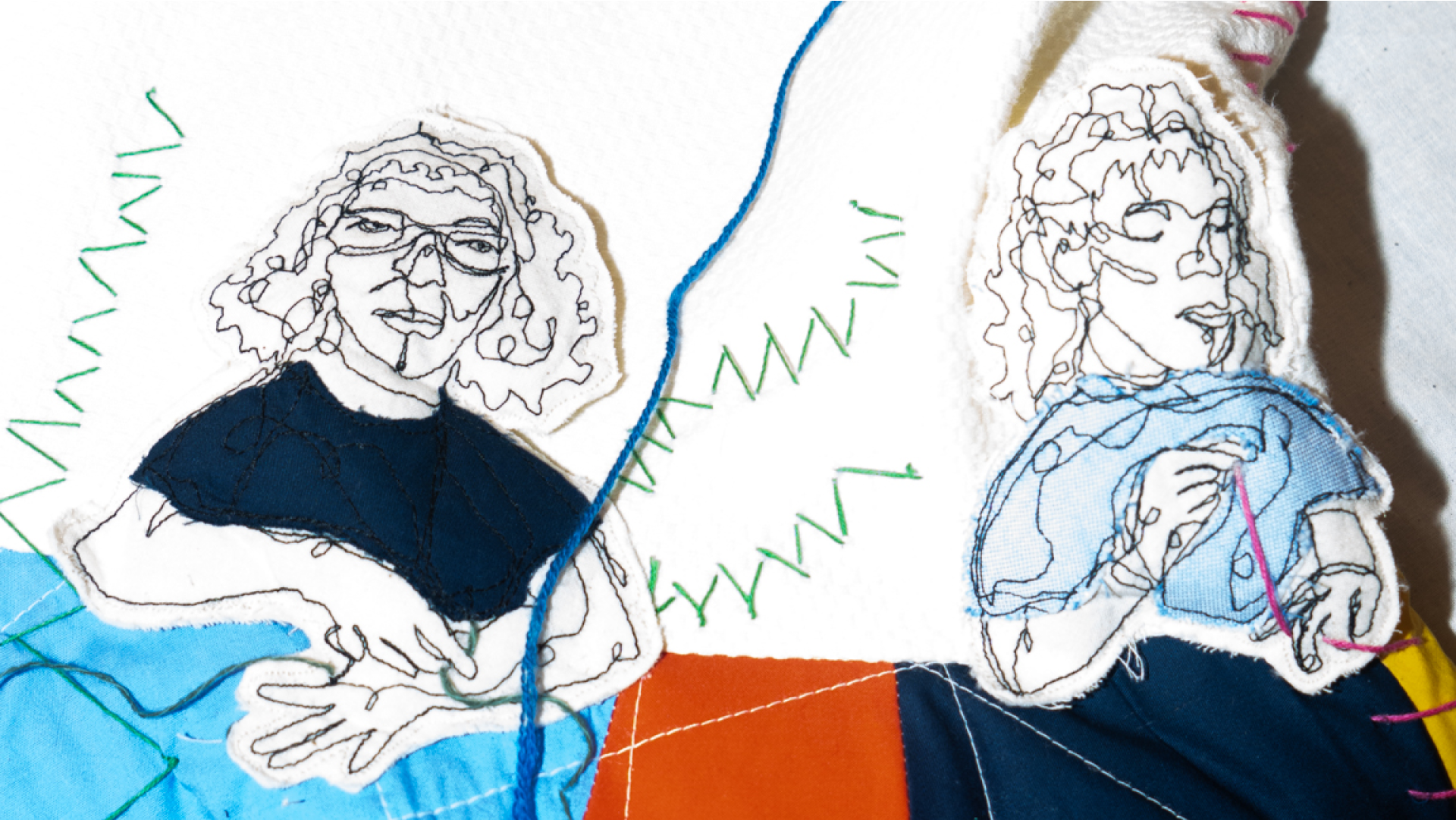
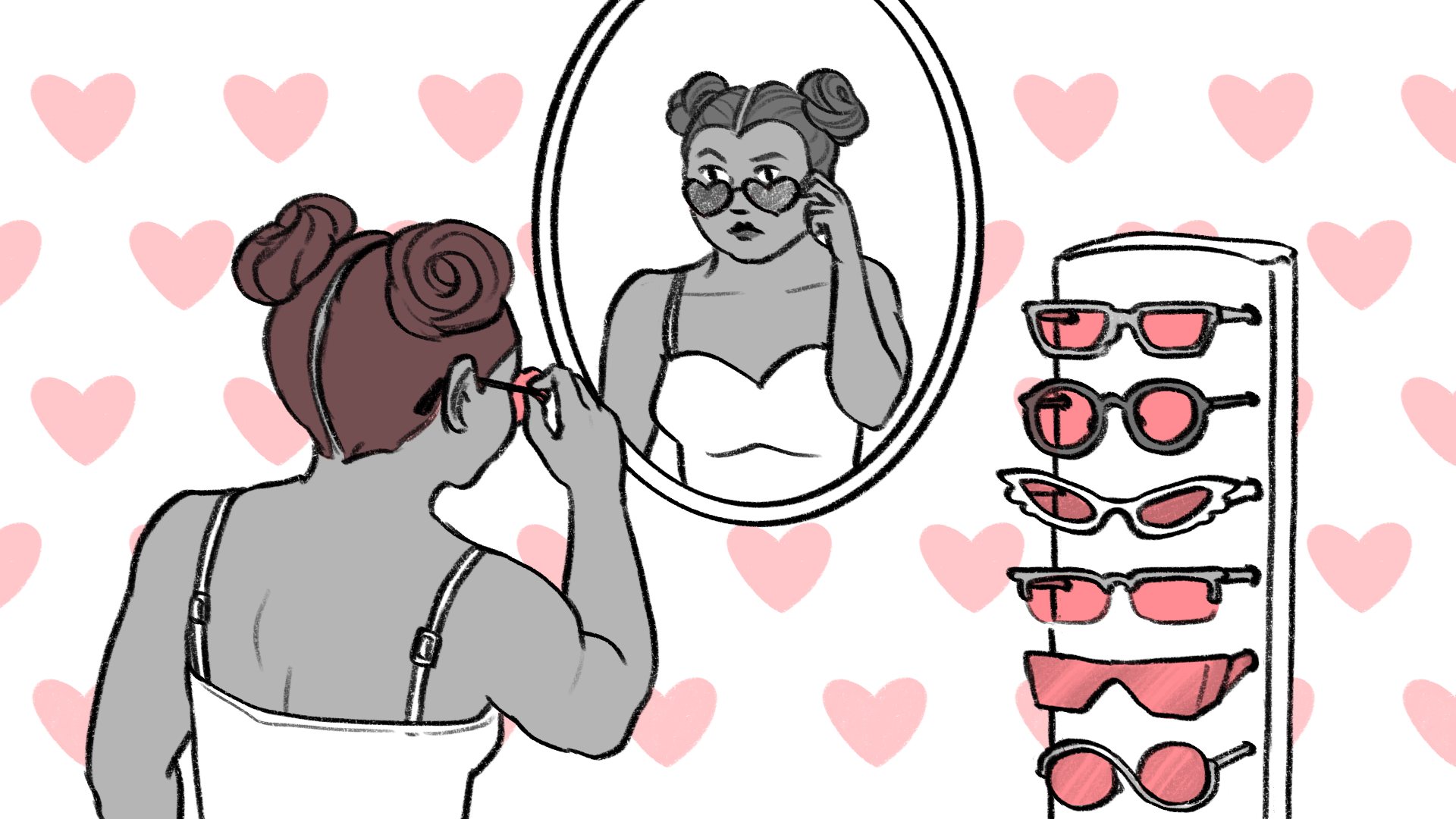
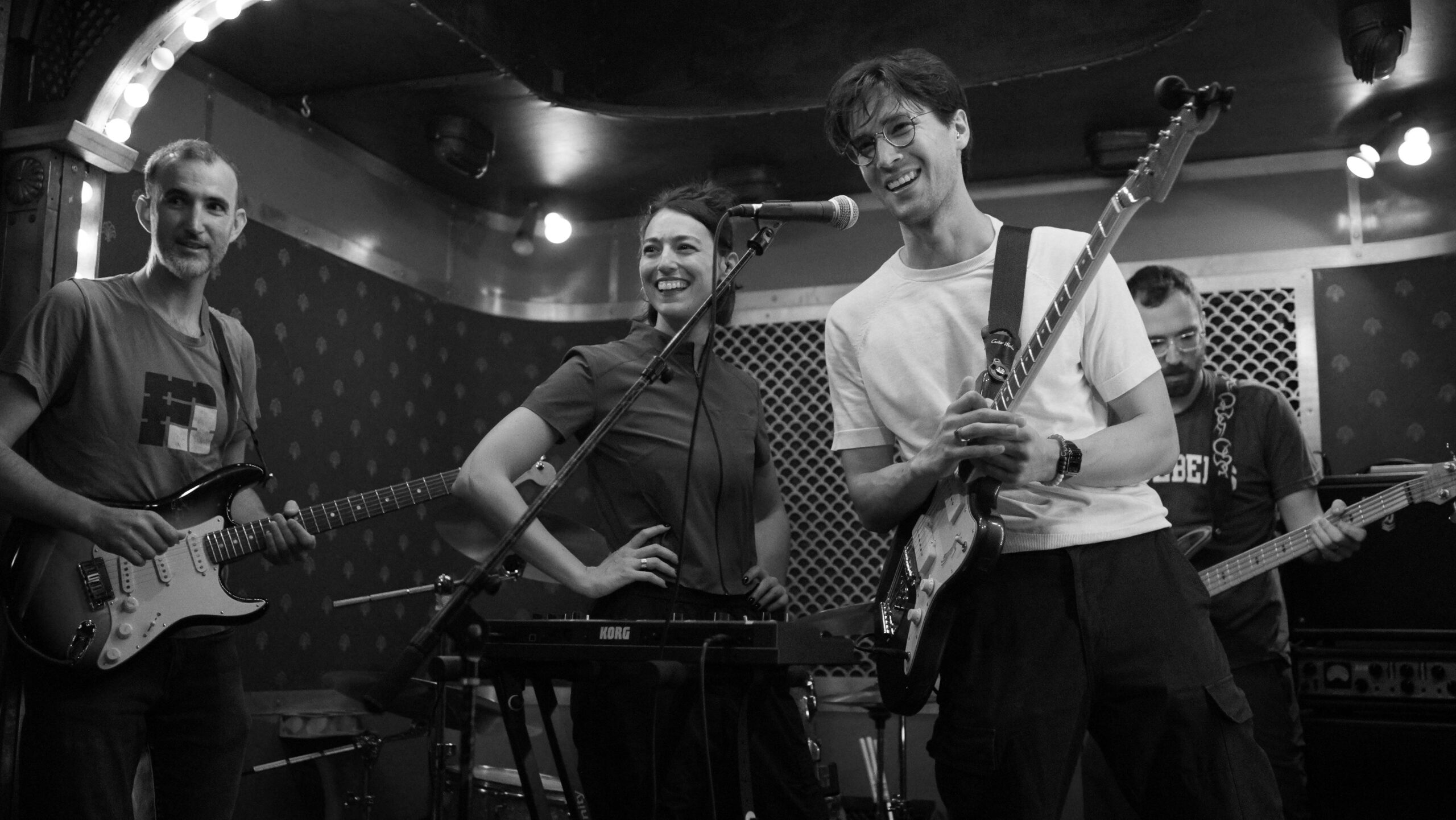
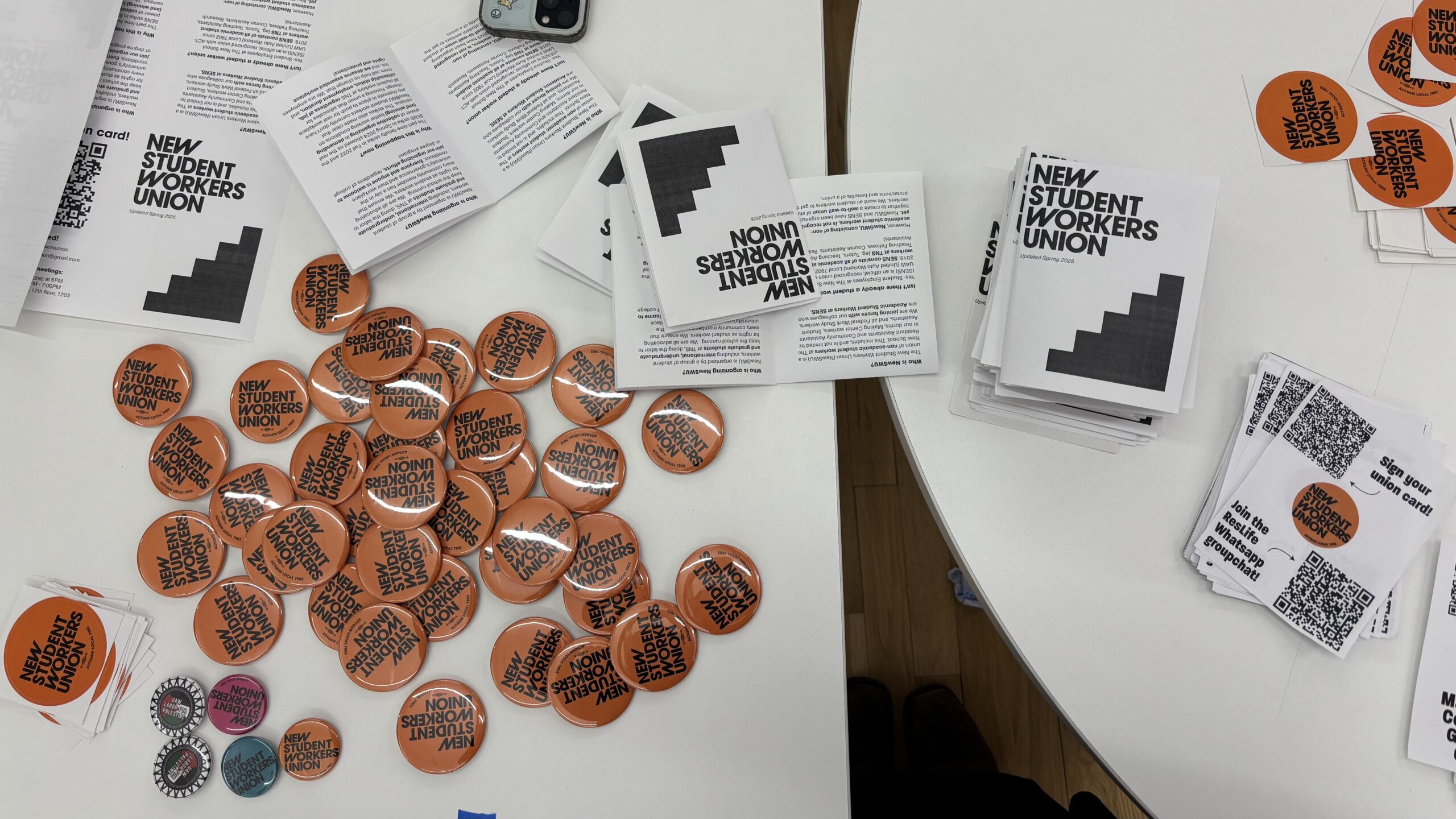
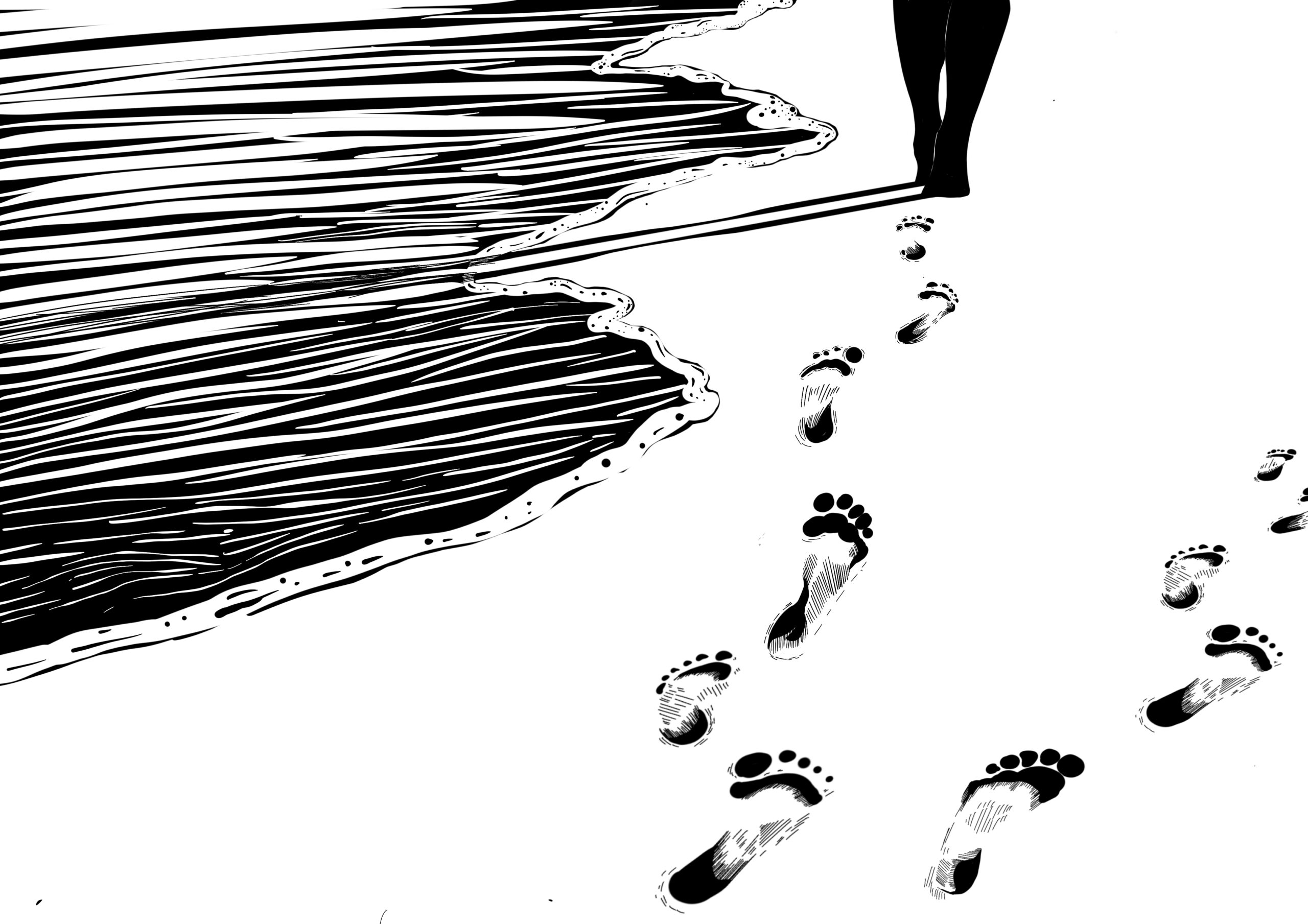
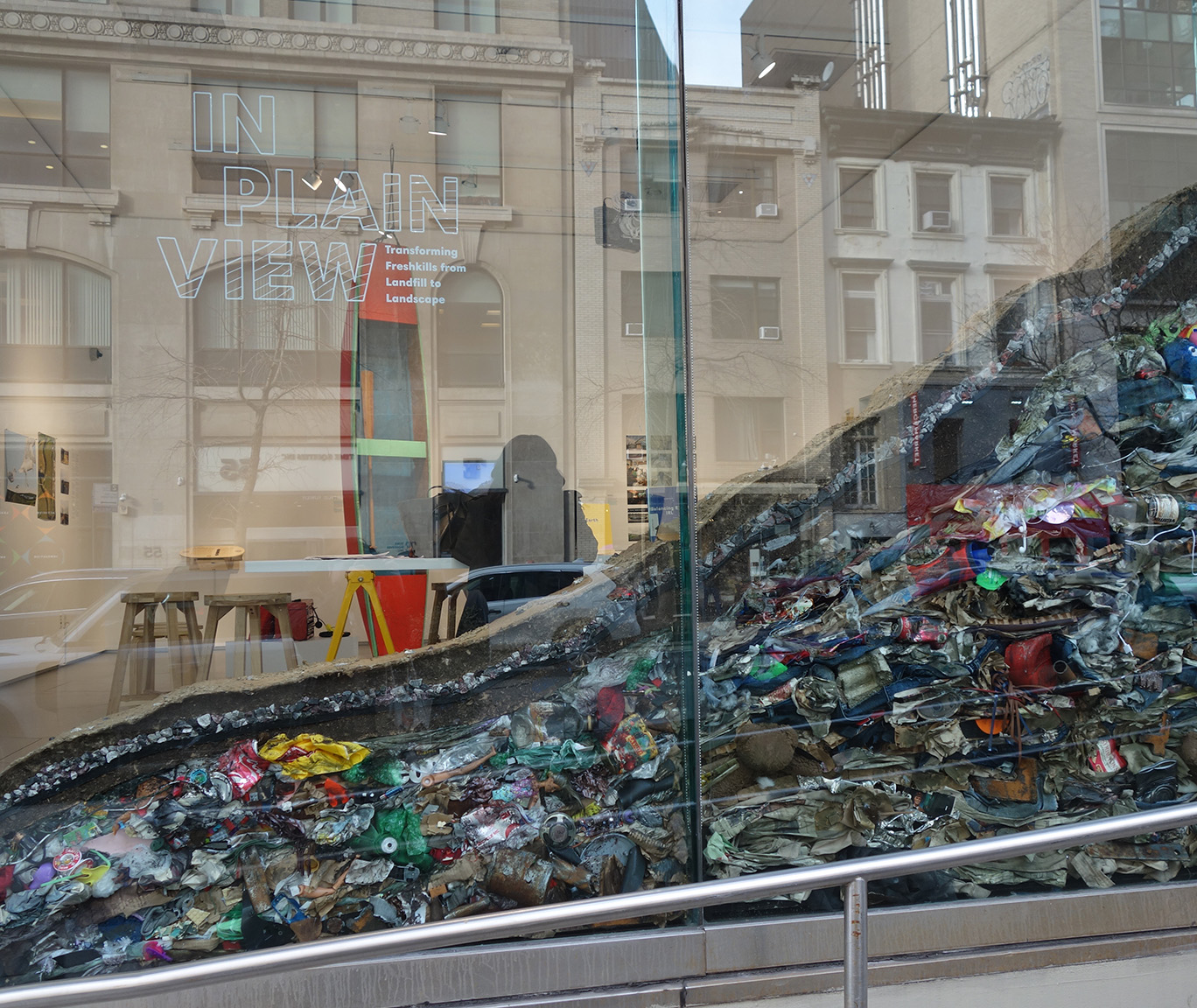
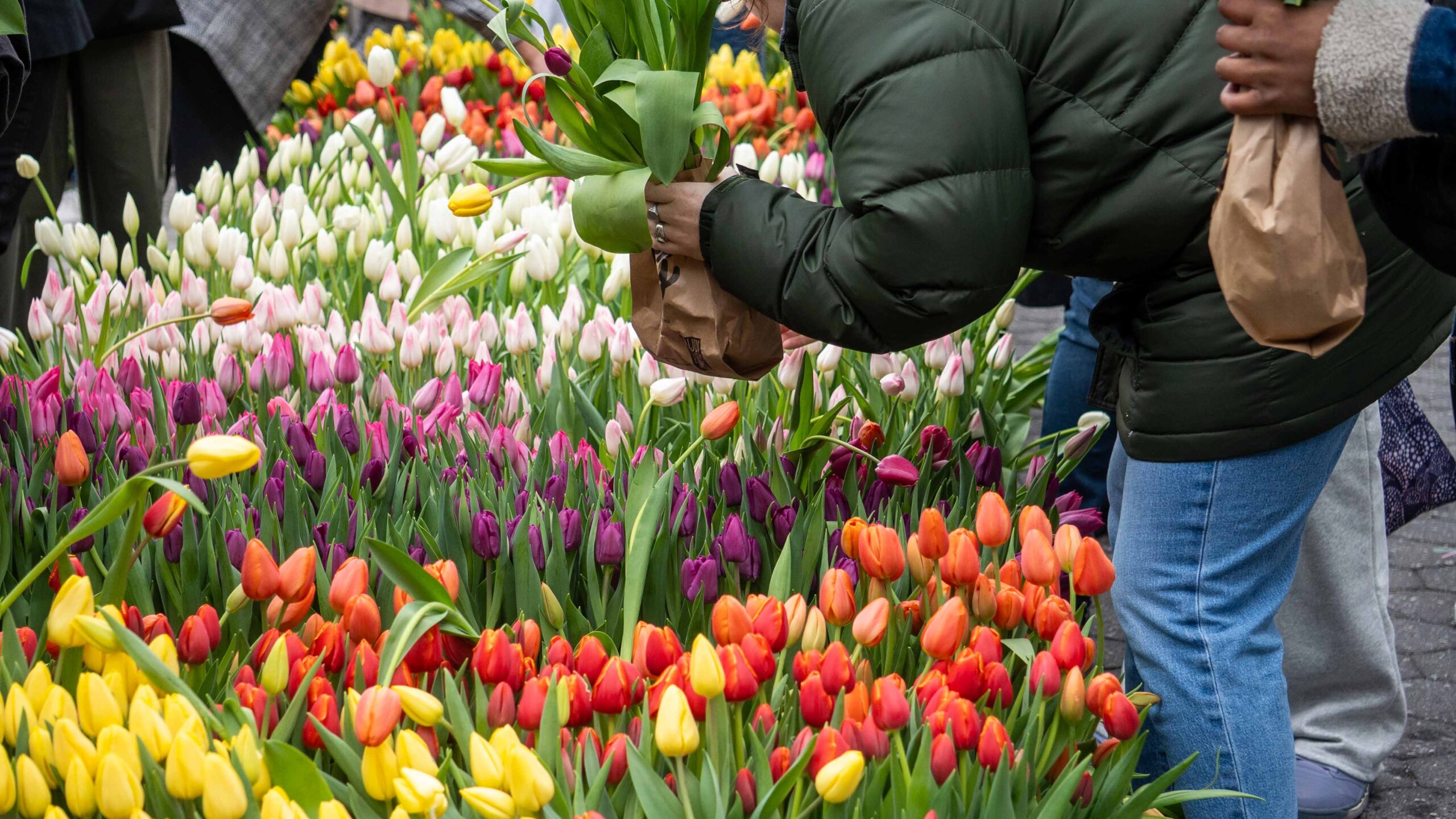
Leave a Reply